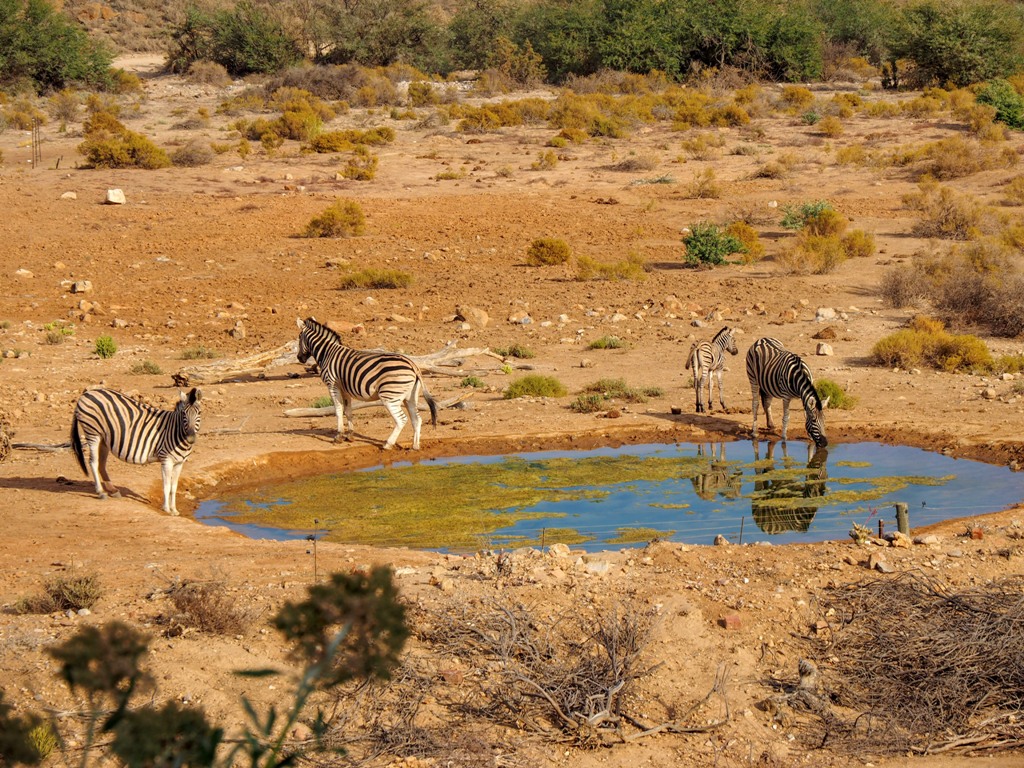What to pack for a wildlife safari
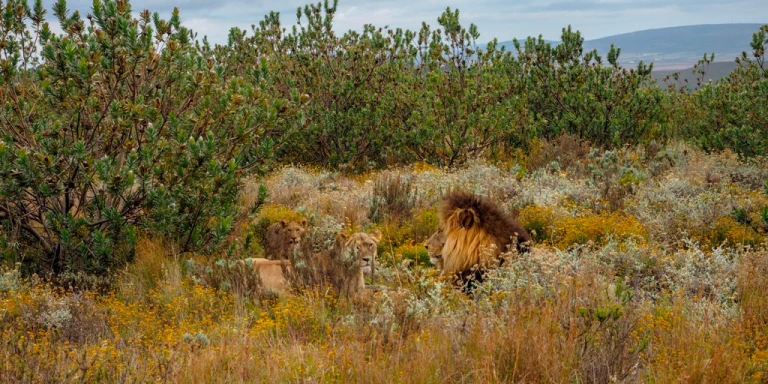
Here is your ultimate safari packing list
You’ve finally booked this once-in-a-lifetime wildlife safari?
Then you have all reasons to be excited. You are in for something truly special.
But now you might wonder what to pack for your trip. What do you need and what items are unnecessary?
After many years of travelling to see the African wildlife, here is my list of packing essentials.
Packing essentials & packing restrictions going on a wildlife safari
The most important advice I can give you when it comes to pack for a wildlife safari is this one: Go minimal.
There are a couple of reasons for this rule.
Most safari destinations are remote, some will even require you to fly in with a small light aircraft. This means, your baggage weight restrictions will be fairly low.
Light aircraft flights do usually allow an absolute maximum of 15 kg, and this will already include hand luggage. In addition, they will also require you to travel with a soft (duffle) bag, ideally without wheels. Hard suitcases are not permitted, and there won’t be any exceptions of this rule.
The same is true when you travel to your destination by bus or a 4X4 for the final lag of your arrival. This means similar weight restrictions and travelling with soft bags, again preferably without wheels.
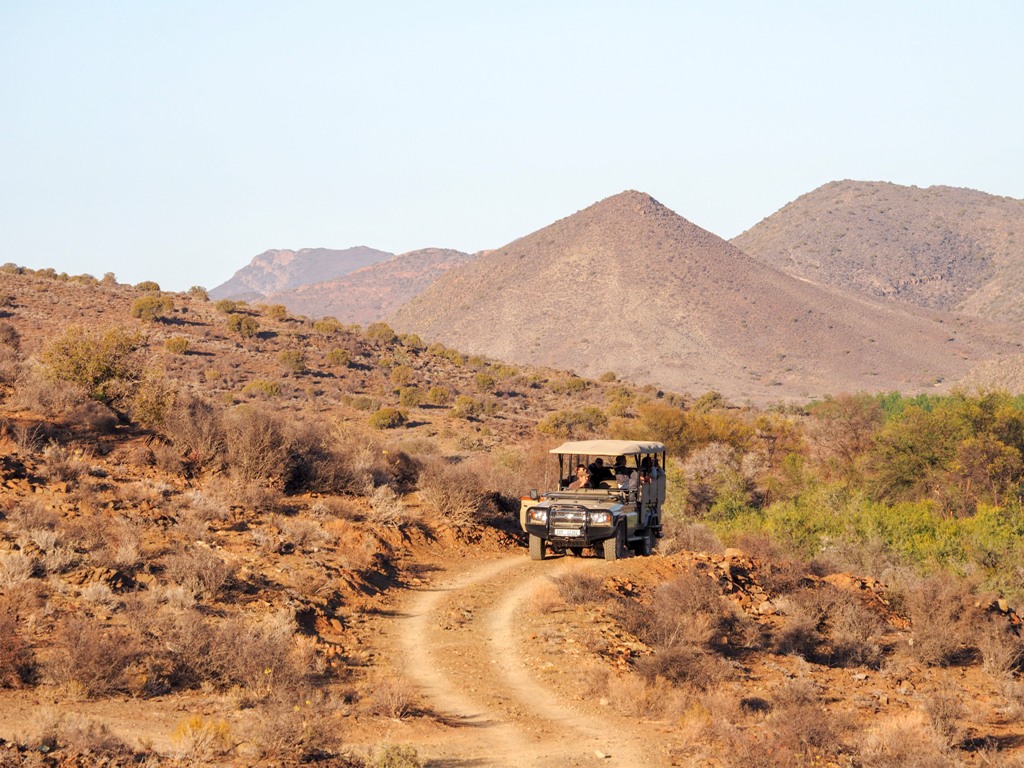
Make sure you also check on additional restrictions at your chosen destination. For example, several countries have banned single plastic bags.
Camouflage clothing and military-inspired clothing, though it might seem appropriate for blending into the surroundings (see below on clothes), is not welcomed in several African countries; and in the case of Zimbabwe, it is outright prohibited.
While not officially restricted, I recommend you avoid safari outfits mimicking the style of historic safari movies such as Out of Africa. They are too much colonial past and might come across as offensive.
So, what are the essentials to pack?
What to wear on a wildlife safari
To state the obvious, as you will spend long hours in an open vehicle along with possible hikes through bushland or open plains, it’s essential you wear comfortable clothes and shoes.
Regardless of the season, pack to dress in layers. Game drives will start early in the morning (often just before sunrise) and/or late afternoon (ending just after sunset). This means, even when your visit is during the summer months, temperatures can still be chilly and driving in an open game drive vehicle means there can be a significant windchill. Therefore, pack a warmer jacket or fleece and a light raincoat along with a light scarf to protect you from cool temperatures, windchill during drives and potential rain. On a side note, summer in certain destinations can mean rainy season, so you will need clothes that will protect you against rain and that will dry quickly.
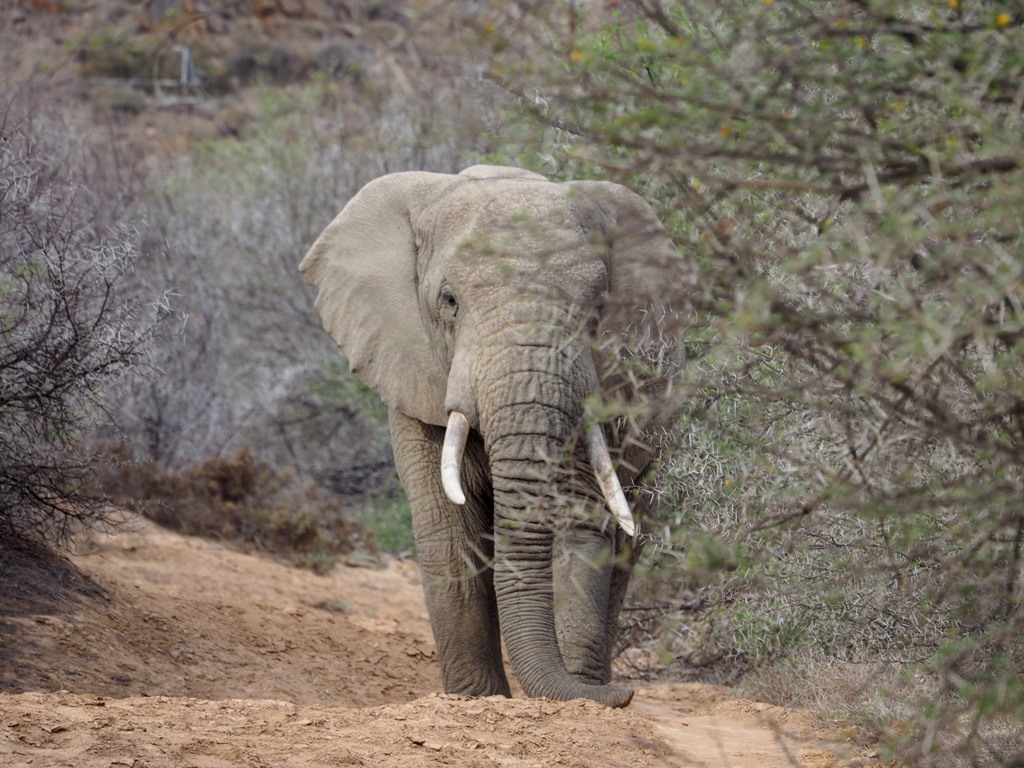
As you will (hopefully) come close to wild animals, avoid bright colours to not attract unnecessary attention. That’s particularly important when you go on a walking safari, but wearing bright red for example, can cause irritation also when you are in a safari vehicle. The best way is to blend in with the surroundings. Therefore, wear neutral, natural colours – khaki, green, brown, or grey all will work well. If you are in malaria affected areas, avoid dark colours as these attract the Tsetse flies. Don’t wear white either as it could also attract too much attention in certain circumstances, and it will end up looking dusty and dirty quickly.
You should also wear shirts with long sleeves, long trousers, and socks in your shoes regardless of the season of your trip. This will protect you from mosquito bites and getting sun burned. For the latter reason, make sure to wear a sun hat with a large brim and chin strap that covers your face, ears, and neck and won’t by blown away from the wind during drives. Driving in an open vehicle for a couple of hours you might not be aware immediately due to the resulting windchill – but you can get burned quickly and risk a sun stroke (or at least a bad headache) if you don’t protect yourself. Wearing socks is particularly important if you go on a walking safari, but even on a game drive there will be occasions you leave the vehicle. Walking through bushland they will protect you against nasty cuts and scratches. Of course, a pair of hiking boots or at least high-top sneakers to offer protection along with stability and grip when you walkare essential too.
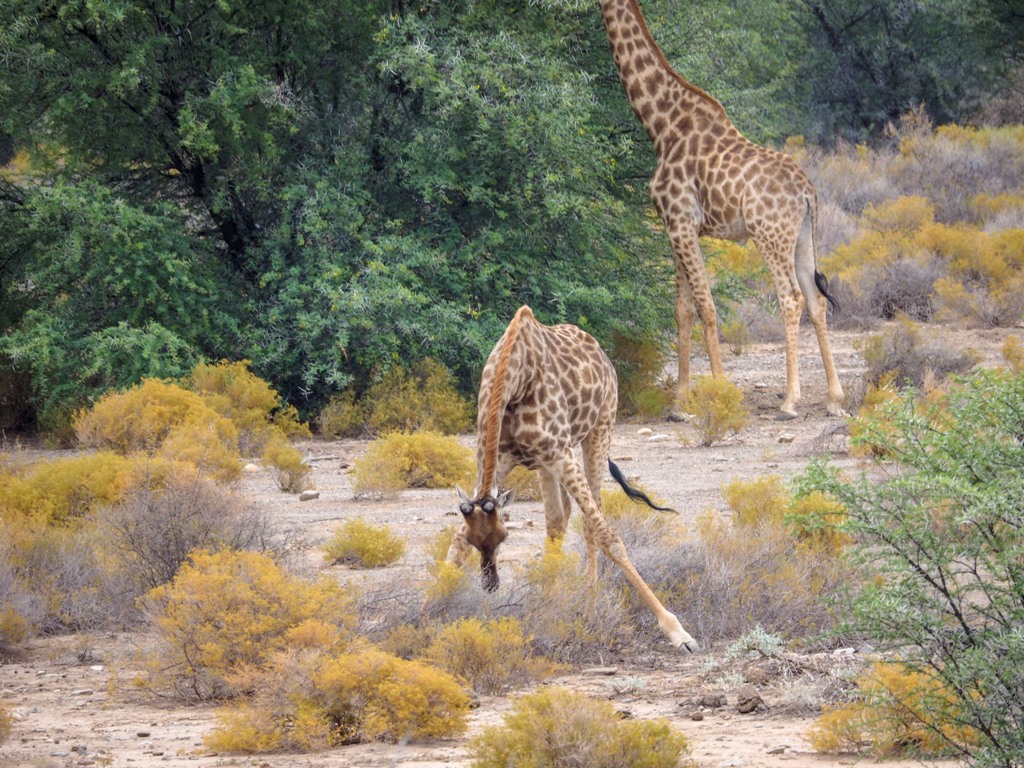
Chances are you already have the right clothes in your wardrobe so you do not need to buy a new safari outfit (though you certainly can if you like). However, make sure to pick fabrics like cotton or those newer synthetic clothes that allow ventilation and quick drying.
Casual clothes should be usually fine on a safari. Though there might be exceptions – if you stay at a luxury camp or take a luxury train journey, you might consider bringing a nicer dress or shirt and trousers to wear for dinner. However, you won’t need to go over the top either.
For the time you are not on a game drive or walk, also pack short sleeved shirts, tops, shorts, and lighter shoes such as sandals or slippers.
Definitely don’t forget to pack your sunglasses.
For completeness, do I need to mention to pack your undergarments?
Finally, don’t forget to bring a swimsuit. Most safari camps have their own pool on site.
Photography gear, binoculars & electronics
For sure you won’t forget your camara. But just in case you are the convinced iPhone photographer, let me tell you this. You can take awesome photos with your iPhone, but if you go all the way to take part in a wildlife safari, you will truly regret not carrying a decent camara.
Now you do not have to go out to buy the latest professional photography gear. But if you do not have one, make sure to get a digital camara that will allow you to zoom in. Thus, you should use a camara that will allow a zoom range of at least 400 mm.
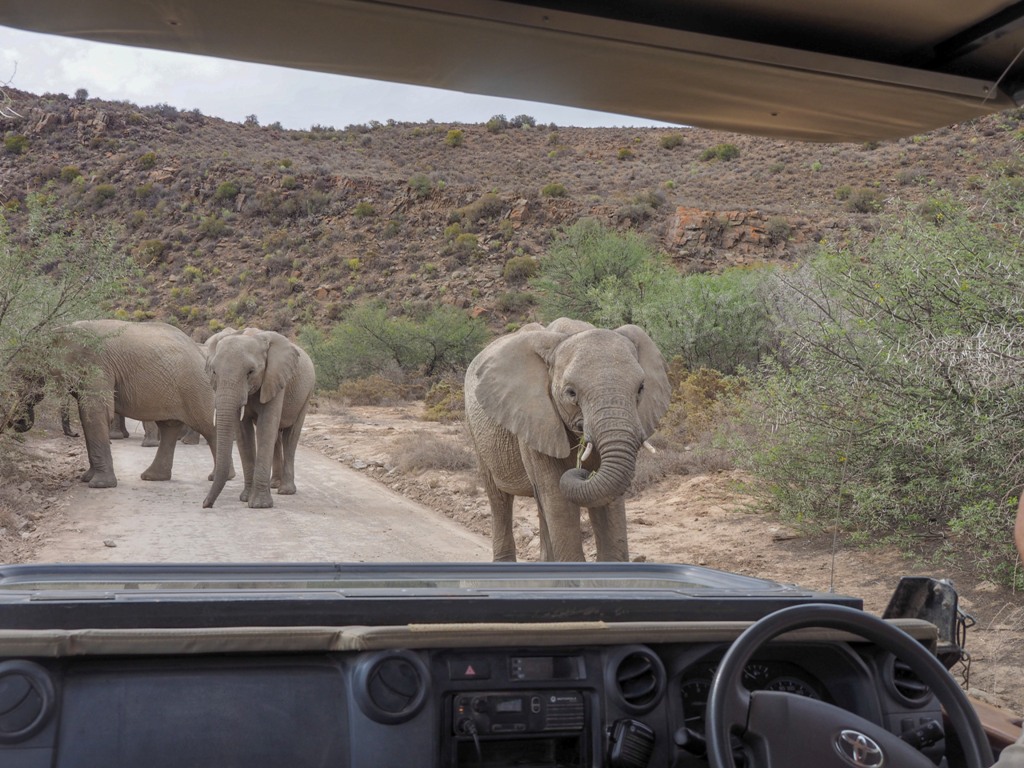
Game drives can be fairly dusty, so pack enough lens cleaner and extra lens caps to clean your camara between drives.
In addition, bring binoculars. This will allow you to spot wildlife even when far away or hidden in the bushes or grass. It will make a huge difference.
Talking about camara and iPhone, make sure to pack the right plug adaptor to allow you to charge your camara and phone. Ideally, use a plug adaptor with a power strip to charge multiple devices at the same time.
For your camara also bring extra batteries and a battery charger (unless you have one of the newest camaras with integrated charger). In that case, don’t forget your camera power strip. Bring additional memory cards. You might be surprised how quickly they can be used up, especially if you take a lot of wildlife pictures in short sequence.
Pack your camera gear and electronics in a day backpack or a camera backpack, ideally one that is waterproof to protect everything from rain and dust during game drives or hikes.
Essential medication, sun protection & hygiene items
If you need to bring prescribed medicine, make sure they will last for the whole trip. Keep them separate and ideally in a safe box.
In addition, pack some essentials you might need in case of headache, sore trout, heartburn, and diarrhea. Also bring hand sanitizer, insect repellent, antiseptic cream, bandages, and – very important if you travel to a destination with malaria – anti-malaria medication.
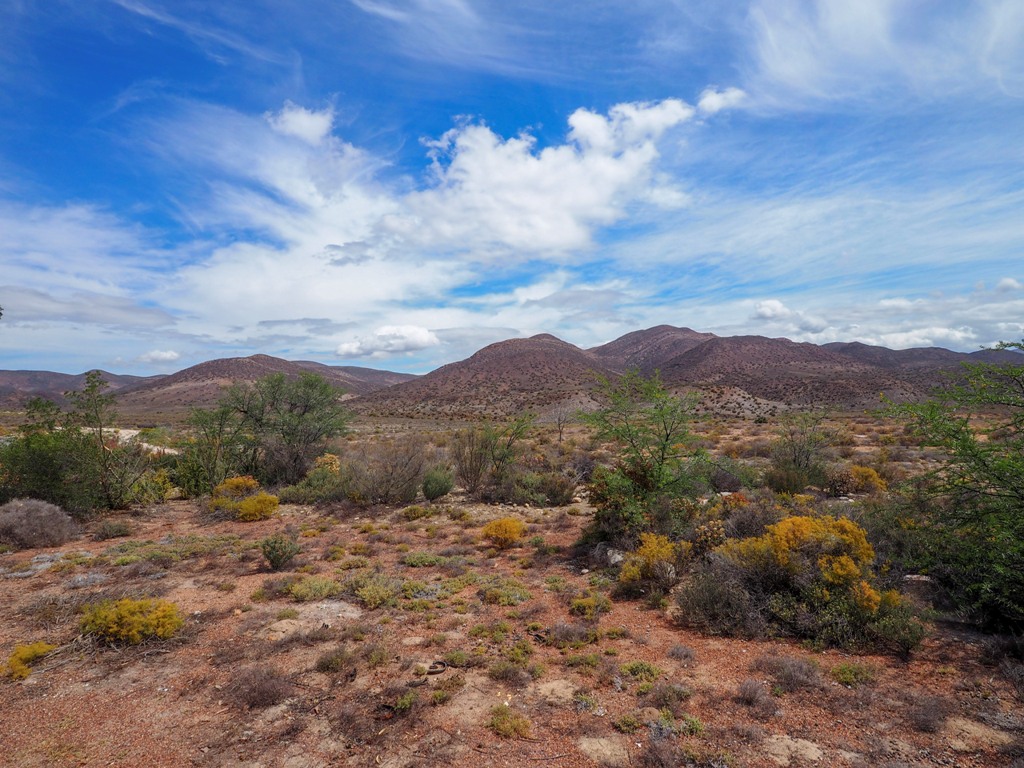
Of course, don’t forget basic toiletry. While most accommodations will cover the essentials like soap, shampoo, and conditioner you will need to pack your daily hygiene items such as toothpaste, face cleanser and moisture, shaving accessories, hairbrush, and anything else you normally use for your daily hygiene.
In case you wear contact lenses, bring an extra pair and sufficient cleaner. In addition, bring a pair of glasses to be able to switch should you get irritation from the dust or wind during game drives.
You will be outdoors most of the time, so make sure to bring sufficient sun protection and lip balm. This is essential even when the sun is not shining.
Travel documents
Of course, make sure to have your passport, visa, travel insurance, and other travel documents that are required at hand.
And finally, bring a book or some magazines to pass time while you are not on a game drive.
Packing list for a wildlife safari
- Warm jacket / fleece
- Light raincoat
- Long-sleeve shirts
- Pullover
- Long trousers
- Socks
- Hiking boots or high-top sneakers
- A sun hat with wide brim
- Light scarf
- Short sleeved tops and shirts
- A pair of shorts
- Sandals and/or slippers
- A nice dress or shirt and trousers to wear for dinner
- Swimsuit
- Sunglasses
- Eco-friendly sunblock (at least 30 SPF or higher)
- Lip balm
- Eco-friendly insect repellent
- Digital camara, batteries, charger, extra memory cards
- Binoculars
- Plug adaptor
- Day backpack / camera backpack
- Prescribed medicine
- Hand sanitizer, antiseptic cream, and bandages
- Essential meds in case of headache, sore trout, heartburn, and diarrhea
- Anti-malaria medication (where the destination requires this)
- Your daily hygiene items
- Contact lenses and sufficient cleaner plus a pair of glasses
- All necessary travel documents
- Books, and magazines for downtime
